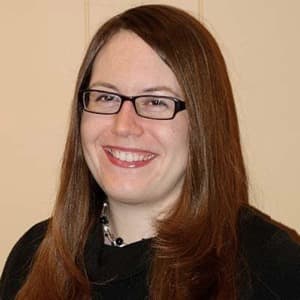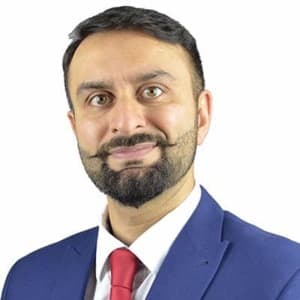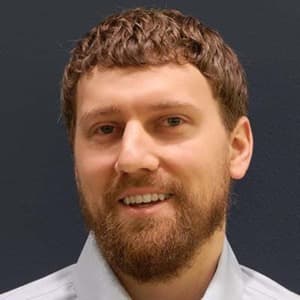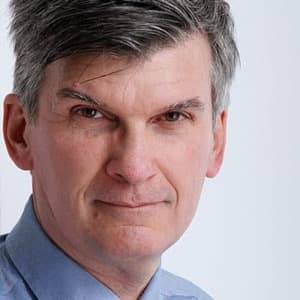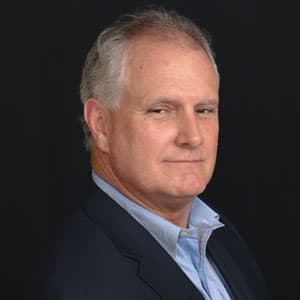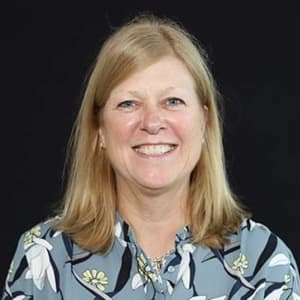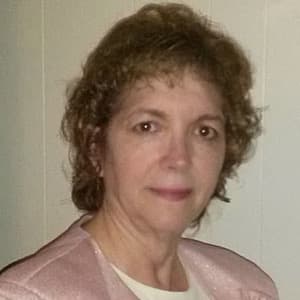The Blog
BBC Interview Series: Kathleen Walsh, US Department of Defense
BBC 2017 Speaker Series – Practitioner: Kathleen Walsh, Business Architect at US Department of Defense
In anticipation of her presentation at Building Business Capability in Orlando, Nov. 6-10, 2017, we asked Kathleen Walsh, Business Architect at US Department of Defense, a few questions about transforming the business. Check out this interview in relation to her BBC presentation entitled, Analytics of Organizational Wargaming.
Q: In what ways do you see your group helping your organization handle business transformation?
A: I work for the Strategic Transformation Office at US ARMY ARDEC, headquartered at Picatinny Arsenal in Northwest NJ. I view our team as the big picture problem solvers that come into the room. Most teams are trying to either jump right to a decision or to a particular solution…We come in, and we’re able to help capture their process so that they can take a step back and see all the different components they need, and we can bring up other areas of ARDEC they should work with for better integration.
Q: Can you describe the challenges you face or have already overcome in establishing more robust business transformation capabilities for your organization?
A: Our biggest challenge has been to create an architecture of the higher level abstract enterprise while being politically aware of silos. ARDEC is built of systems engineers, so to create the visual necessary to show the communication pieces, and not just the functional, we used Model Based System Engineering (MBSE) to create our first model. We allocated the functional architecture to the physical organizational structure and through these visuals began to show areas of the organization that were breaking down and expose silos. Doing this visually instead of through words helped to alleviate pressure points. By creating a better way to visualize, we began to add a unique value to our strategic transformation office.
Q: What are your short-term goals for becoming more agile?
A: When making decisions, it helps to have supporting data. That data should be easily accessible and ready for some quick analysis. In order to better prepare for analysis of threats and the effect on our strategies, we are beginning to create a capability map so that we can not only react faster, but also be a step ahead to see what is coming.
Q: What’s the most valuable thing you’ve learned in the past year?
A: Industry and Government actually have many of the same issues. In terms of Business Architecture many of us are looking for the same things: Business cases to show ROI, better visualizations of the artifacts, support in the engineering industry. I’ve attended several Business Architecture Guild and Association of Enterprise Architects functions and the connections and lessons learned that I have been able to take from the private sector to the public sector have been extremely valuable.
Q: What do you see as the most important goal or trend for business analysts and other professionals to keep in mind?
A: I think the user experience is key. Data is great, but if the end user (or management!) can’t consume it easily it might as well be garbage. From my early days as a web developer, I have always put the user first. We need better ways to visualize Business Architecture artifacts to truly aid in strategic decisions. Often we think of the end user as the person using our products. However, those users are twice, if not more, removed from us as an architect or other professional. Who is the direct consumer of what we are producing? Often it is another team or management. They are users too and need to be kept engaged with a great user experience.
Q: What’s the latest method/process/tool you’ve implemented to help your business operate more effectively? Have you seen any results yet?
A: The Strategic Transformation Office is working with representatives from across the ARDEC to establish the ARDEC capability map. One office in particular that is key to our success is the Knowledge Management office. They create many of the technical process maps for the IT systems. We need to make sure we are using the same terms and have a metamodel that we are all working from so that we can connect all of our artifacts in our repository. By communicating and sharing our tools and information, we are creating a cohesive architecture that will allow us to be more effective and use the strategy to drive the IT decisions.
Q: If you could go back 5 years in time and give some professional insight or advice to yourself, what would it be?
A: Don’t worry, no one else knows what they are doing either. All kidding aside, I would tell myself that everyone cares at some level. I used to get frustrated wondering why people would complain but not do anything about it. They were frustrated! You need to connect with people. Find out what their real frustration is about and see if you can help them. Being able to motivate people often takes a lot of time and energy, but honing those skills are critical in the game of transformation.
Q: What’s one question you wished you were asked in this interview but were not? And how would you answer?
A: Business Transformation and the Army don’t seem to be an obvious match. What are your thoughts?
People think of the Army as being a traditional organization. Business Architecture and Business Transformation might appear at first to be counter-intuitive to an organization that has its strategy handed to it and is often told to stay in their mission lane. I strive to break that model. We may be a government entity, but why not try to act like we are a traditional business? I am attracted to the idea of a wargame because the intent is for you to discover what you did not know. An operational model can be matched with strategic transformation to strengthen and reinvent the core operating model.
Q: Sneak preview: Please tell us a take-away that you will provide during your talk at the Building Business Capability (BBC) conference this year?
A: Wargaming allows you to simulate your business scenarios in a matter of days. Very quickly you can see what obstacles might be in your way, allowing you to be able to anticipate what effects your decisions might have in the future and better prepare for them. Execution is often the hardest part of transformation as many parts of the operating model are underestimated when looking at what refinements are necessary across people, process, information, and tools. Would an organizational wargame help to mitigate that risk and make transformation more effective? Come to the “Analytics of Organizational Wargaming” Wednesday, November 8, 2017 (3:10 pm – 4:10 pm) session and find out!
—————————–
Don’t miss Kathleen’s presentation, Analytics of Organizational Wargaming, at Building Business Capability on Wednesday, November 8, 2017 from 3:10 to 4:10 pm. Click here to register for attendance.
2018 Program
Connect
Building Business Capability is the only conference that provides insight into Business Analysis, Business Architecture, Business Process, Business Rules, Business Decisions, and Business Strategy & Transformation toward the pursuit of business excellence.
STAY CONNECTED
Event Produced and Organized by Rising Media in association with Business Rule Solutions Copyright © 2010-2018, Rising Media, Inc. All Rights Reserved.

